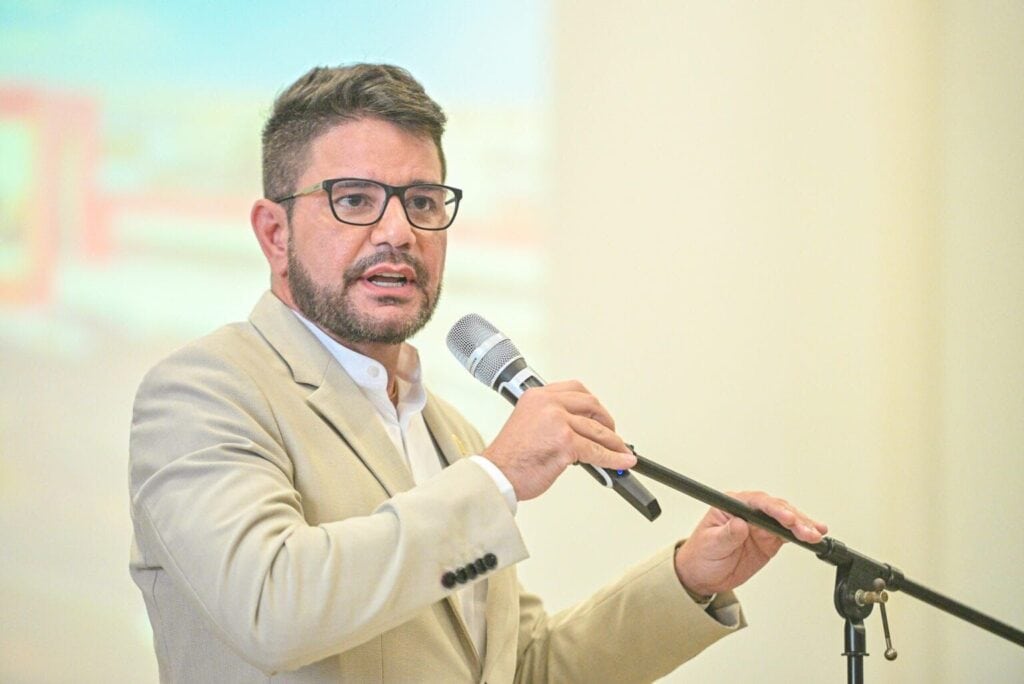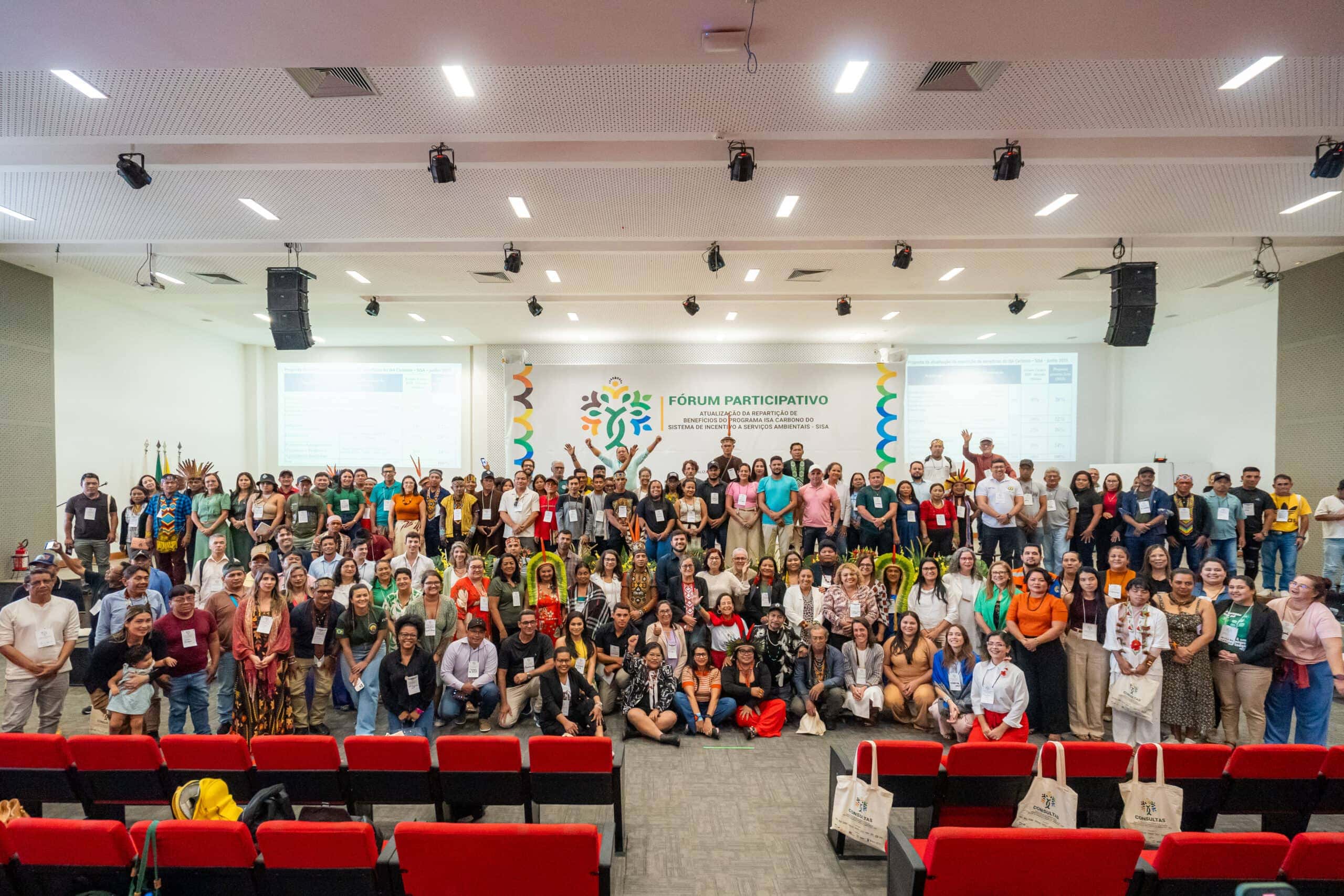On August 6, 2025, Governor Gladson Cameli of Acre, Brazil, signed a landmark executive decree establishing the new Benefit Sharing Strategy for the state’s Jurisdictional REDD+ program. Below is a translated version of the original press release, shared courtesy of the Acre Government. (Original available here)
Decree establishes new strategy for distributing benefits from the ISA Carbon Program and strengthens Acre’s Jurisdictional REDD+ system
August 6, 2025
Governor Gladson Camelí signed the publication of Decree No. 11,732/2025 in the State Official Gazette (DOE) on Wednesday,, which establishes the new Benefit Sharing Strategy (ERB) for the ISA Carbon Program, a pioneering initiative in Jurisdictional REDD+ in Acre, linked to the State System of Incentives for Environmental Services (Sisa).

Gladson Camelí highlights the importance of dialogue and the leading role of indigenous peoples and traditional communities. Photo: Diego Gurgel/Secom
“The new strategy strengthens environmental justice and ensures that resources reach their destination, directly benefiting those who care for the forest and live off it. With this measure, our government reaffirms its commitment to traditional communities. We have been acting in a practical manner, but building a new awareness that consolidates a sincere commitment to each person who truly values life and the forest,” reinforces Governor Gladson Camelí.
The new decree consolidates the updated percentages for the distribution of resources raised from the future sale of carbon credits, the result of a broad participatory process that involved around 1,800 people in all five regions of the state—Alto Acre, Baixo Acre, Juruá, Purus, and Tarauacá-Envira—from April to June 2025. The process culminated in the Participatory Forum held on June 12 and 13 in Rio Branco, which democratically agreed on the new percentages based on proposals developed during the consultations.
Based on the principles established by State Law No. 2,308/2010, the ERB update followed strict criteria of transparency, inclusion, and active listening to traditional communities and indigenous peoples, promoting the effective incorporation of the contributions and demands of thousands of riverine communities, extractivists, family farmers, and indigenous peoples.
New distribution percentages
The new model for distributing resources from the ISA Carbon Program establishes that 72% of the financial benefits will go directly to Sisa beneficiaries, while 28% will be applied by the State Government in public policies to combat illegal deforestation, strengthen Sisa’s governance and efficiency, and manage public areas, undesignated areas, and conservation units.
The distribution among beneficiaries was defined as follows:
22% for indigenous peoples, in recognition of their historical role in preserving the forest and territories;
26% for extractive communities, valuing their contribution to sustainable management and conservation;
24% for agricultural producers (small and medium-sized) and family farmers, for the importance of agroecological practices and sustainable land use.
Transparency and governance
In addition, the decree stipulates that the funds must be used transparently, efficiently, and with social control, under the supervision of the Institute for Climate Change and Environmental Services Regulation (IMC) and in accordance with the criteria defined by the State Climate Change Management Committee and the State Validation and Monitoring Commission (Ceva), Sisa’s governing body.
International reference
With an update to the ERB, the new decree strengthens and expands opportunities for raising climate funds through Sisa as a public environmental policy, consolidating Acre as a benchmark in Jurisdictional REDD+ and contributing effectively to tackling the climate crisis. The measure also responds to growing international demand for high-integrity carbon credits, strategically positioning Acre in the global climate market.

